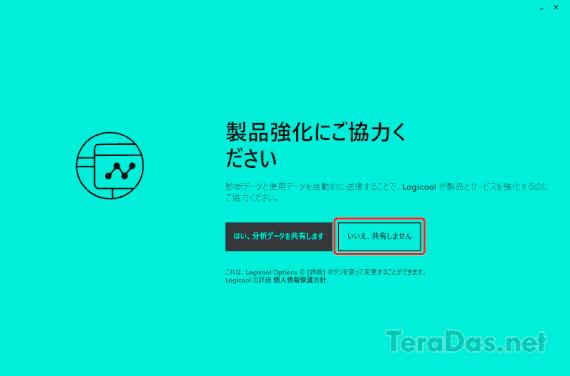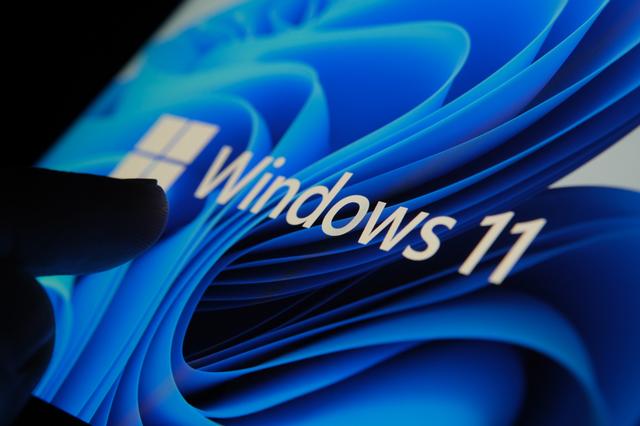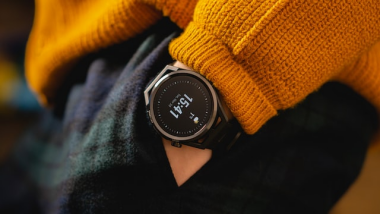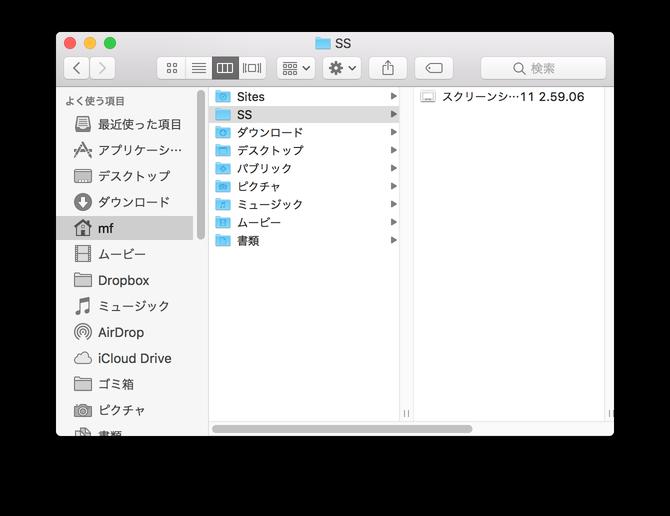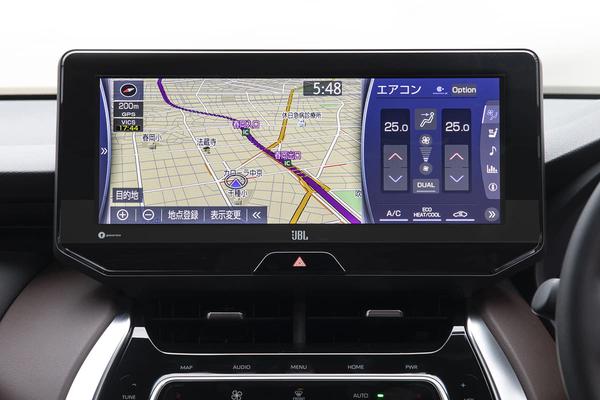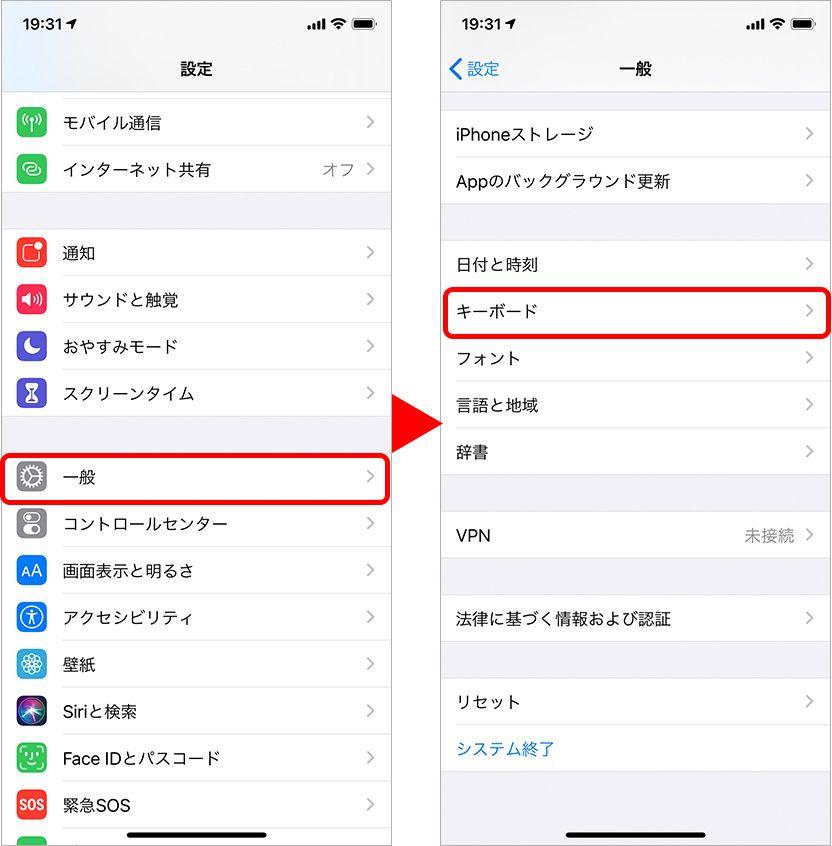"What is a smart pajamas that shows your health?" What is the surprising latest technology that the editor-in-chief of Nikkei and others expect?
"Nikkei Technology Outlook 2022 100 Technologies that Change the World" (Nikkei BP)
Floors that soften only when they fall, robots that can be eaten, and concrete that heals cracks by themselves. These are not the secret tools of "Doraemon", but some of the latest technologies currently under development. Nikkei BP's compilation "Nikkei Technology Outlook 2022 100 Technologies That Change the World" introduces all the amazing technologies mentioned at the beginning. Let's take a look at the latest tech in the field of "health and life" from the promising technologies selected by the editor-in-chief of Nikkei magazine and the director of the laboratory from 2022 to 2030!
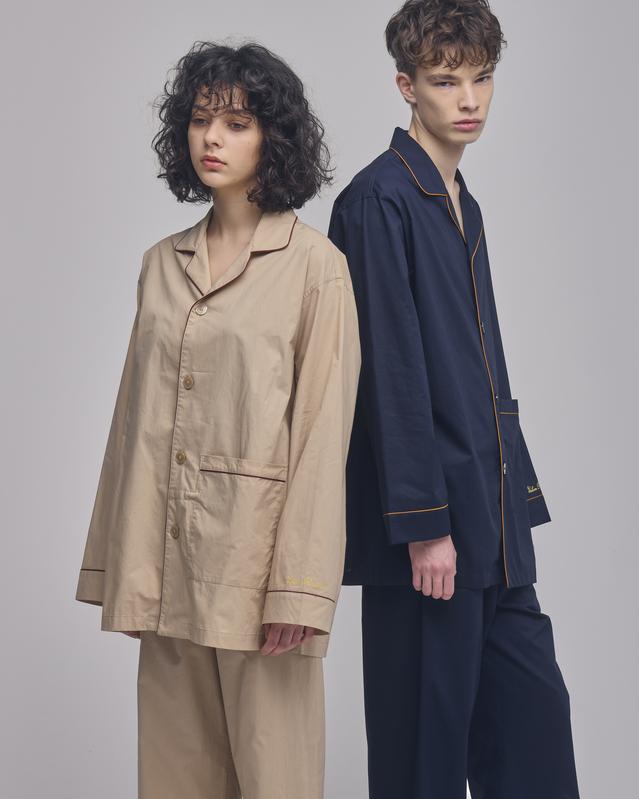
"Housing" itself monitors health
Announced "HED-Net" at a trade fair in the United States in January 2020 (from "Nikkei Technology Outlook 2022 100 Technologies that Change the World" P107)
First of all, I would like to introduce a health monitoring technology that makes people with elderly parents who live far away think, "Oh yeah, I wanted this!" Many wearable devices with health management functions such as smart watches are still on the market, but this book introduces "technology that enables sensing without wearing a dedicated device". What is being developed is Sekisui House, a housing manufacturer. Research and development is being conducted on whether it is possible to collect data on the health of residents using the “house itself”. "Sekisui House uses a non-contact sensor in the living room to detect the onset of acute illnesses such as stroke, and leads to emergency dispatch requests and transportation. Life of" HED-Net ", a network for early response to acute illnesses at home. Participatory pilot project started in December 2020. Pilot detects vital data of residents in a house in a non-contact manner and analyzes heart rate and respiratory rate. For non-contact sensors, Konica Minolta and NEC I assemble and use a Doppler type sensor. I was particular about non-contact because I think that healthy people do not bother to wear the sensor and sleep. "
About 70,000 people die "inside the house" annually
What will happen if the sensor in the house detects an abnormality? There are few IT-based elderly "watching services" that notify family members who have registered their contact information in advance. is not. However, "HED-Net" being developed by Sekisui House seems to envision a step or two of medical cooperation in order to realize faster lifesaving. "In the HED-Net concept, when an abnormality that may cause an acute illness is detected, the emergency call center is notified, the safety is confirmed by the operator's call, and an ambulance is requested to be dispatched if necessary. Upon confirmation of the arrival of the corps, the operator remotely unlocks the front door and locks it after transportation. We will proceed with research and development of personalized preventive services that analyze and realize data from a medical point of view. ”According to a survey by Sekisui House, about 70,000 people die annually in the house, which is the cause of death. It is said that the most common cases were stroke and myocardial infarction. If the "house" detects the abnormality of the resident as soon as possible in a casual life, it will lead to early detection and early treatment. Not only for the elderly, but also for those who live alone and those who are worried about their health, it seems to be a very encouraging latest technology.
Next page: "Smart Pajamas" to inform you of your health status Last updated: web magazine mi-mollet